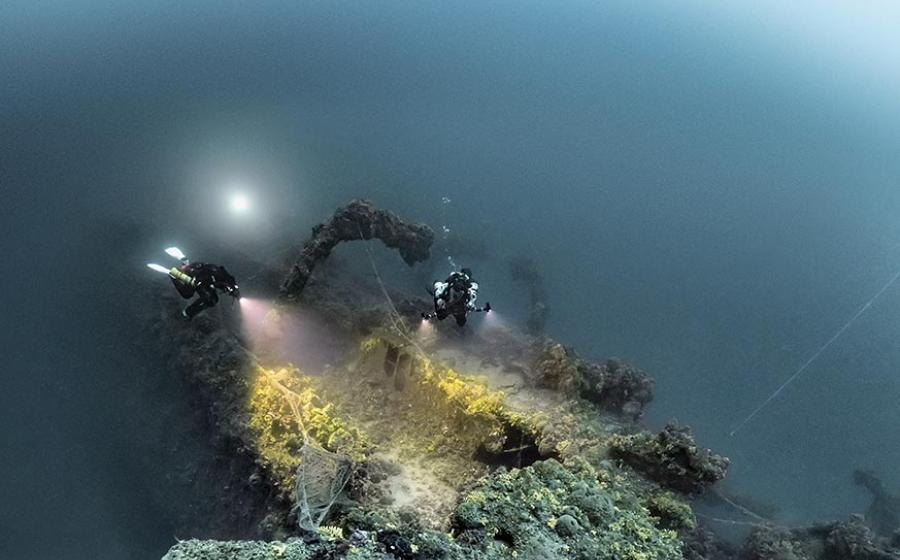Guide to Buying a Scuba Diving Wetsuit

iStockphotoFind a suit with a high-quality zipper — you'll thank yourself later.
In the market for a new scuba diving wetsuit? Here's all you need to know before you buy, and tips for picking one that's perfect for you.
What Wetsuits Do:
Exposure suits insulate you against the cooling effect of water, which can rob your body of heat 25 times faster than air. The thickness and type of exposure protection you need depends on dive conditions. Simple Lycra suits provide little thermal insulation, but do help protect against scrapes and stings.
What To Look For:
Fit and comfort. Exposure suits should fit snugly without restricting movement or breathing. Reject any suit that’s too loose, however. Gaps at the arm, leg, crotch and neck allow water to circulate and defeat the suit’s ability to prevent heat loss.

Bruce MorserGuide: Scuba Diving Wetsuits
The Features You Need To Be Familiar With Before Buying
1. Materials Modern high-stretch neoprene increases comfort and flexibility. More traditional neoprene is stiffer but resists compression better. Many suits use both types: compression-resistant neoprene for its thermal advantages, and strategically placed anatomically shaped high-stretch panels to address the flexibility issue.
2. Seams Glued and blind-stitching eliminates water seepage because the needle never goes completely through the neoprene, making it a good choice for cold-water suits. Flat-seam or flat-lock stitching is softer against the skin but allows water seepage, making it better suited for warm-water suits.
SEE MORE: How to Clean Your Wetsuit After a Dive
3. Seals Seals at the neck, wrists and ankles keep water from entering the wetsuit. Rolled smooth-skin seals do the best job; standard smooth-skin seals are also effective, followed by O-ring seals. Many suits use nylon cuffs in place of seals, which are comfortable but don’t block water intrusion.
4. Zippers A high-quality zipper backed by a smooth-skin sealing system creates a water-blocking barrier that can’t be beat. Some suits use zippers with overlapping teeth designed to reduce water seepage even further.
5. Body Armor Flexible kneepads provide substantial coverage for the knee and leg area but don’t hinder swimming. Anti-abrasion patches on shoulders and rear protect the wetsuit in high-wear areas.










